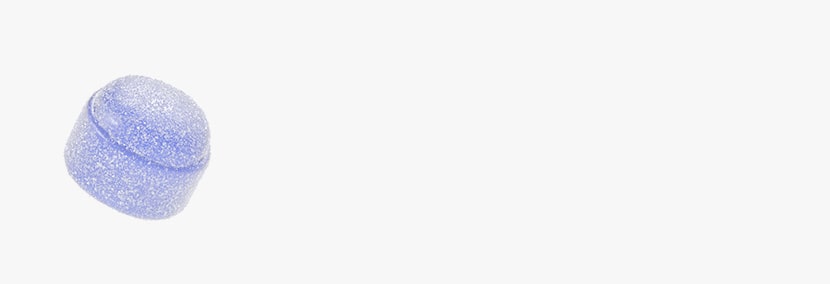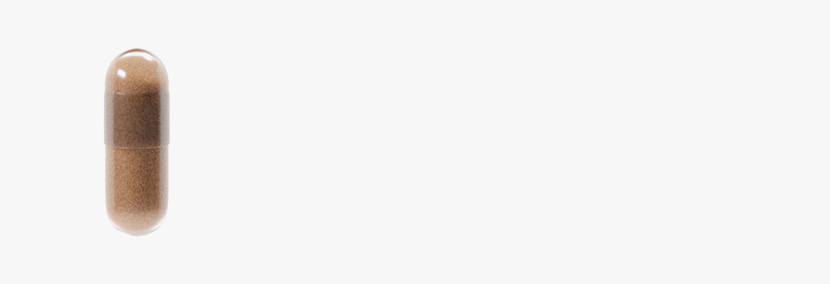EMLA cream
EMLA Cream Dosage – How Much Should You Use?
Aug 4, 2025
Did you know that over 97% of dermatology practices in the U.S. use topical anesthetics like EMLA cream for procedures such as laser treatments, injectable fillers, and skin resurfacing? This highlights just how important topical anesthetics are in ensuring patients feel comfortable during both medical and cosmetic treatments.
One of the most commonly used options is EMLA cream, which combines lidocaine and prilocaine in a balanced formula to numb the skin. Its versatility makes it a go-to choice for many clinicians. However, using the right amount of EMLA cream is crucial to ensure both its safety and effectiveness.
In this article, we’ll break down the recommended EMLA cream dosages, the proper application techniques, and safety tips to help you achieve the best possible results.
Key Takeaways
- EMLA cream is a topical anesthetic that combines lidocaine and prilocaine, offering effective numbing for a range of procedures.
- The correct dosage depends on the size of the treatment area. Small areas require 1–2 grams, while larger areas, such as laser hair removal or tattoo sessions, need 5–10 grams.
- For adults, the maximum dosage is 60 grams, applied to no more than 400 cm² of intact skin, with a duration of up to 2 hours.
- In children, dosage varies with age and weight, with specific guidelines for infants and older children to ensure safety.
- Application techniques are crucial: ensure the skin is clean and dry, apply a thin, uniform layer, and use an occlusive dressing for optimal absorption.
- Overuse of EMLA cream can lead to systemic absorption and toxicity, with signs including dizziness, headache, and cyanosis. Always follow the recommended dosing limits to avoid complications.
- For best results, post-procedure care should include following the 5-5-5 massage rule to ensure even distribution and prevent side effects like nodules.
About: Trusted by over 2,000+ global clients since 2014, Maylips has become a leading supplier of cosmetic, skincare, and orthopedic products for medical and aesthetic professionals. Maylips offers a wide range of authentic brand-name products at competitive wholesale prices, sourced from around the world. If you’re looking to buy EMLA Cream online, contact our sales team for guidance.
How Much EMLA Cream to Apply Based on Treatment Area
Determining the correct EMLA cream dosage is key to ensuring effective numbing while minimizing the risk of side effects. The amount of cream you apply should be tailored to the size and location of the area being treated. Too little may reduce its effectiveness, while too much could increase the risk of systemic toxicity. Here’s a general breakdown to help guide your dosing:


- Small Areas (e.g., injections, blood draws): 1–2 grams of EMLA cream, applied under an occlusive dressing for 30–60 minutes. This ensures effective numbing without wasting product.
- Medium Areas (e.g., minor dermatology procedures): 2–5 grams, ensuring even coverage across the treated area. This helps ensure consistent numbing during procedures like skin biopsies or small wart removals.
- Large Areas (e.g., laser hair removal, tattoo sessions): 5–10 grams, depending on the surface area and duration of the procedure. Larger areas need more cream to maintain effective numbing throughout the session.
For optimal results, always use the minimum effective dose to avoid unnecessary risks, and keep in mind patient-specific factors such as age and skin sensitivity. Occlusive dressing is often recommended to enhance numbing effectiveness, ensuring that the active ingredients penetrate deeply into the skin.
Maximum EMLA Dosage Limits for Adults and Children
To avoid systemic toxicity, it’s crucial to follow dosage limits carefully. The amount of EMLA cream should always be adjusted based on patient age, weight, and the size of the treatment area. Here’s a guide for both adults and children:
For Adults
- Maximum single dose: Up to 60 grams of EMLA cream.
- Application area: No more than 400 cm² of intact skin.
- Duration: Typically 60 minutes; do not exceed 2 hours for most procedures.
For Children
- Infants (<3 months): Max 1 gram for up to 1 hour.
- Ages 1–5 years: Up to 10 grams for 4 hours (based on surface area and weight).
- Older children: Dosage increases based on weight; refer to pediatric dosing charts for precise limits.
Strict adherence to these guidelines minimizes the risk of adverse effects and ensures that EMLA provides adequate numbing while preventing systemic absorption. This is especially important in pediatric care to avoid toxicity in younger patients.
Safe Application Techniques for EMLA Cream
Proper application is just as important as the dosage itself to achieve effective pain relief while minimizing side effects. Whether you’re deciding between EMLA vs LET or strictly using EMLA, following the correct application techniques is essential for a successful outcome.


- Clean and Dry Skin: Before applying EMLA cream, make sure to clean and dry the treatment area. Remove any lotions, oils, or dirt that could hinder absorption.
- Measure the Correct Dose: Use the recommended EMLA amount per area based on the procedure size. Accurate dosing ensures optimal numbing and reduces waste.
- Apply Evenly: Spread a thin, uniform layer of EMLA cream to cover the entire target area. This ensures consistent numbing.
- Use an Occlusive Dressing: Apply a plastic or medical dressing over the area. This will enhance the cream’s penetration and provide better results.
- Wait the Recommended Time: Typically, you’ll need to wait 30–60 minutes for full numbing, though this can vary depending on the procedure and treatment area.
By following these application steps, you can optimize the effects of EMLA cream, making treatments like injections, laser procedures, or tattoos more comfortable for the patient.
EMLA Overuse Risks and Signs of Systemic Absorption
Over-application of EMLA cream, especially over large areas or for prolonged durations, can lead to systemic absorption, which increases the risk of toxicity. This is particularly concerning if applied to broken skin or used in pediatric patients. It’s essential to recognize the following warning signs of systemic absorption:
- Dizziness or lightheadedness
- Unusual fatigue or drowsiness
- Headache
- Pale or bluish skin (cyanosis)
- Irregular or rapid heartbeat
In rare cases, methemoglobinemia may occur, a condition where the blood’s ability to carry oxygen is reduced. This can be life-threatening, so immediate medical attention is required if symptoms occur. To minimize risk, always follow the dosing guidelines, avoid applying EMLA to damaged skin, and seek medical attention immediately if you notice any symptoms of toxicity.
Conclusion
Proper EMLA cream dosage ensures that the numbing effect is both effective and safe. By following dosing guidelines, using occlusive dressings, and adhering to maximum dosage limits, clinicians can prevent systemic absorption and avoid related side effects. Whether you’re numbing a small area for a minor procedure or preparing for a more involved treatment, understanding the right amount of EMLA cream to use is essential for the best results.
Clinicians should always consider patient-specific factors, like age, skin sensitivity, and treatment area size, when determining the appropriate EMLA dosage. By following the recommended practices and adjusting EMLA cream usage accordingly, the numbing process can be optimized to ensure a smooth, safe, and effective experience for all patients.
FAQs
1. How much EMLA cream should I use for injections?
Apply approximately 1–2 grams per 10 cm² of skin under occlusion for 30–60 minutes. This dosage is sufficient to achieve adequate dermal anesthesia for small treatment areas.
2. What is the maximum EMLA dose for adults?
Do not exceed 60 grams over a total area of 400 cm². The application should not extend beyond 2 hours to avoid systemic absorption risks.
3. Is there a different pediatric EMLA dose?
Do not exceed 60 grams over a total area of 400 cm². The application should not extend beyond 2 hours to avoid systemic absorption risks.
4. Why is an occlusive dressing recommended with EMLA?
An occlusive dressing enhances transdermal absorption, maximizing anesthetic efficacy by preventing premature evaporation and maintaining skin contact.
5. What are the signs of EMLA overuse?
Symptoms may include pallor, dizziness, headache, cyanosis, irregular heartbeat, or signs of methemoglobinemia, especially in pediatric or prolonged applications.
6. Can EMLA be applied to broken skin?
Only under direct medical supervision. Damaged skin increases absorption, heightening the risk of systemic toxicity and adverse effects.
7. How long should I leave EMLA cream on the skin?
Leave in place for 30–60 minutes for most minor procedures. Always follow product-specific instructions and clinical guidance for timing adjustments based on the area and patient profile.
Talk with our sales representative.
Book a Meeting
References
Kumar R, Tripathi S, Tripathi P, et al. Topical anesthesia. Anesth Essays Res. 2015;9(3):385–390.
Jain R, Arias GM, Naranjo P, et al. The Use of a Self-Occluding Topical Anasthetic in Daily Practice: A Non-Interventional Study. J Drugs Dermatol. 2018;17(4):413-418.





